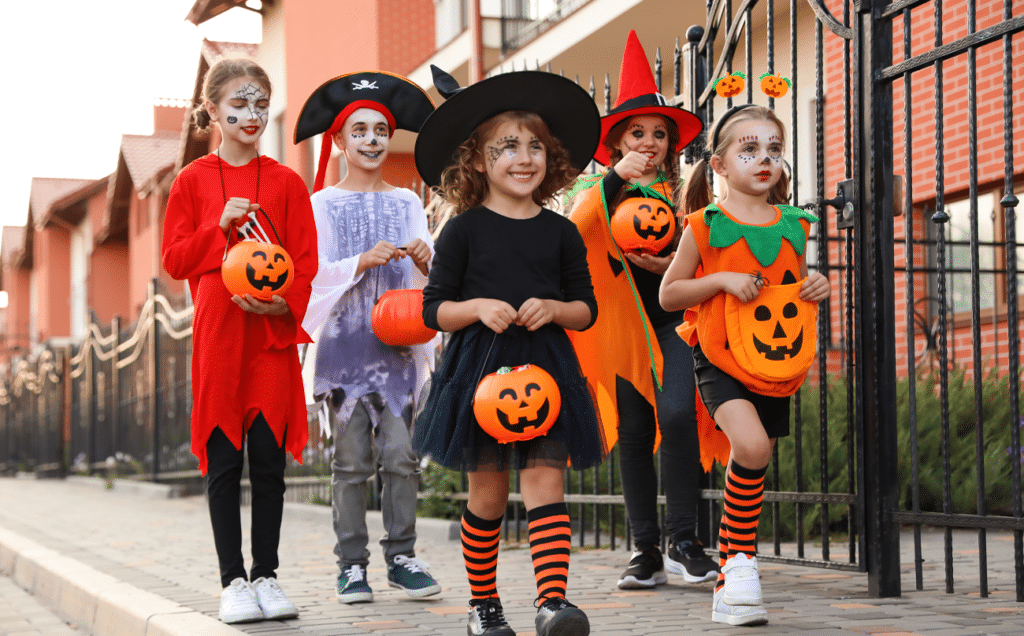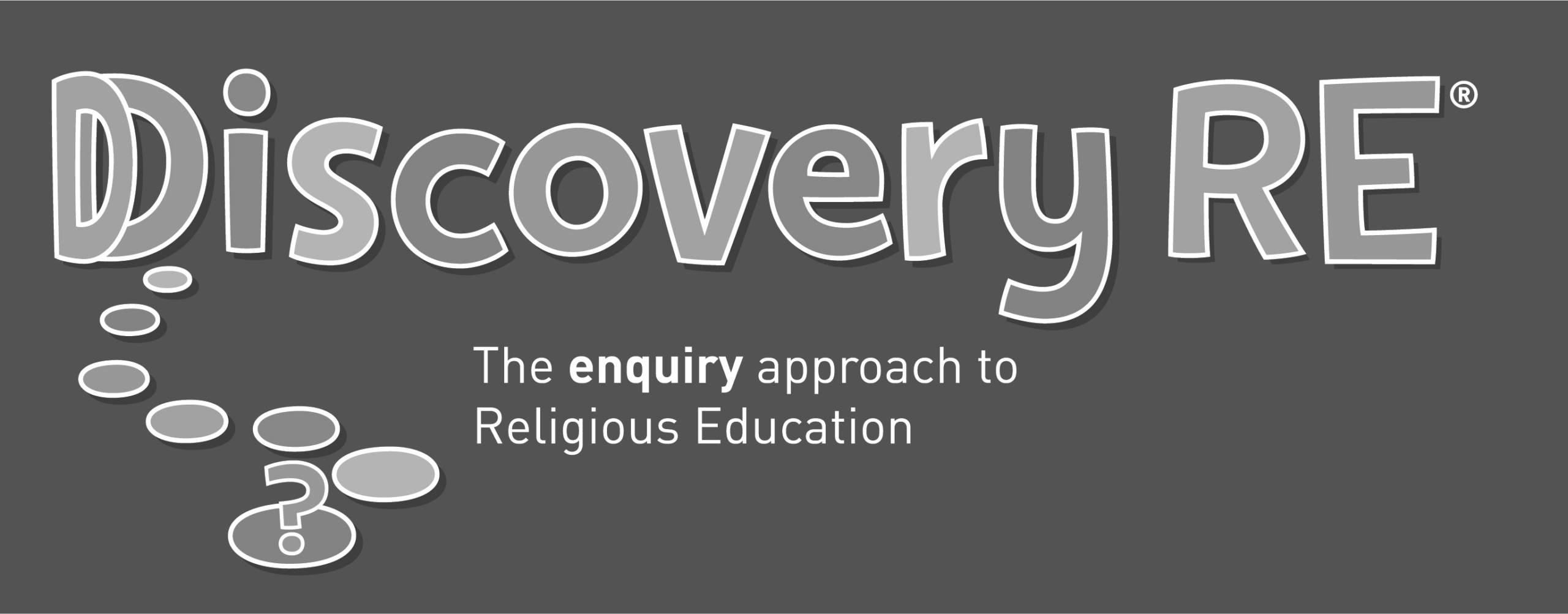
I’ve seen it, it’s coming – Hallowe’en has arrived in the shops. The orange and black displays, endless costumes and household decorations have rapidly filled the empty shelves of the back-to-school supplies. It’s hard to believe where we were last year – with gatherings restricted and door knocking out of favour. Watching children wearing masks as they start to surround us, I am guessing that it will be ‘business as normal’ this year!
During my lifetime, I have watched Hallowe’en grow from a minor Autumn event, marked only by the occasional piece of art and craft work, to a hugely marketed event, supporting the idea that every child has a right to attend a party and dress up. What has happened? Does everyone love Hallowe’en?
In short, no. Indeed, there are groups who avoid any involvement. My first encounter with the ‘Hallowe’en free’ movement came in my early teaching days. Timothy’s Mum. She came to see me in late September. She asked that her son not be involved with any Hallowe’en celebrations. I was a little taken aback. I had never heard of objections to Hallowe’en and she had not made any other special requests in school before. She went on to explain to me that she simply felt horror was not something to be celebrated. She felt there were so many other ways for children to learn to have fun. She made me think and I set about a mission to learn and understand.
Hallowe’en is linked in its early form to several origins. There were the pagan festivals to celebrate harvest and mark the beginning of the darker time of year. The Christian celebration of ‘All Saints’ followed by ‘All Souls’ which brought forth the idea that the passage of the dead could be followed. Traditions grew around the prayers for the departed and vigils to see them on their way. These ancient traditions were taken to North America and in the 18th and 19th century, a whole new version began to evolve. Today we see the product of that great evolution. We have introduced mass growing of pumpkins, just to enjoy carving them (whilst of course, the North Americans carved them because they grew in plenty). The trick or treat tradition has expanded and takes centre stage at any party.
So, if the tradition grew in part from Christianity, how can objections now be made on that basis? Well, quite simply it is because of the evolutionary process. The celebrations now do not focus on prayer for the dead, or even mindfulness of our own departed loved ones. Instead, it’s the commercialised focus on fear and horror from which large profits can be extracted. Undesirable at best for children.
“But it is all just for fun, what’s the problem?”. The excuse to dress up and party doesn’t need a focus on anything, so join in and have fun. No one needs to know where it came from to experience a celebration that unites so many of us.
Where does this fit into schools? It certainly has inspired many school events: discos, poetry writing and artwork, even the inspirational link to child safeguarding. Some families will still ask for children not to be involved; others might ask when is the party happening? The balance for teachers is to be inclusive, to design activities which build community, not divide it. The decisions should be made carefully, not just whether Hallowe’en is mentioned or not, but how it is explained, and which aspects are in focus. In short, it’s not just whether we do it, but how it is done or not done. To make these decisions, it is vital to know not just the children, but the families. Work with the community to move forward as a community.
So, pumpkins or not this Hallowe’en, planning and thought is required. And remember: It will soon be Christmas!!
Author: Karen Thompson










